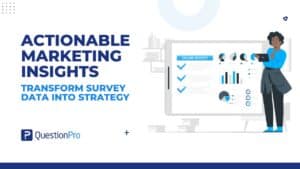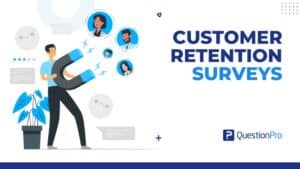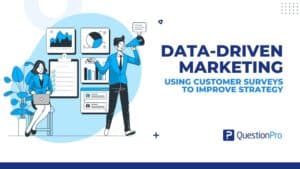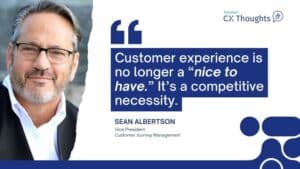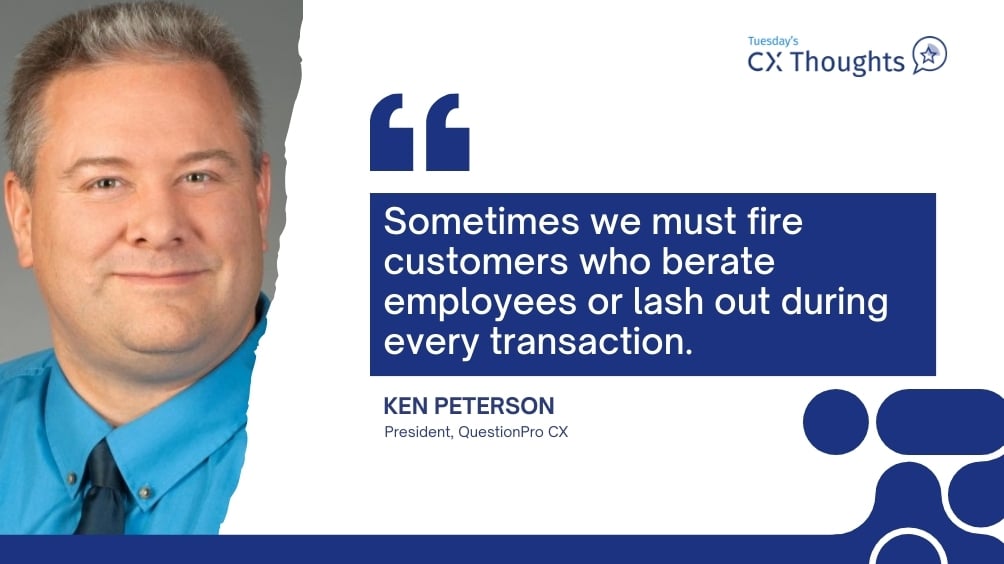
Just be nice. This applies to both Customer Experience and Employee Experience. Seems simple, right? If we are nice to the customers, they’ll come back and they’ll be nice in return. If we are nice to the employees, they’ll feel appreciated and treat the customers better.
Before continuing, here is a short video where I reflect a bit more on what was discussed in this article.
Easier said than done, especially when we are at our lowest. I had the honor of being invited to speak at our inaugural XDay Saudi Arabia last week. An amazing experience that came with its share of challenges. Even if everything goes smoothly, the trip is already time-consuming. Three flights, two connections, and nearly twenty hours in the air, along with clearing local immigration checkpoints. Added to this trip was a pre-existing training obligation that would have been during my travel, so I adjust my trip and it took three days to get to my destination. There were weather related flight delays, lost luggage and the standard set of “work-related emergencies” that inevitably come up with me being out of the office for a few days. I worked locally during the day, and my evenings were spent working my “regular” hours.
Before my trip back home, I felt like I had emptied the fuel tank and attended our event eight hours before I was scheduled to depart – and I still had three flights and two long connections (one of five hours and another of six hours). Fortunately, my second connection was in my old hometown of Denver. I know the airport very well. Since I had so much time, I decided to go to the hotel attached to the airport. There is a little coffee shop there that has an outdoor patio. If you know Denver, February can be frigid or warm, and on this day, I was lucky because the sun was shining. it would be great to spend a little time outdoors after spending over twenty-four hours in airplanes and airports.

I must have arrived during a rush, it was a long line, and I was at the end of it. Customers were grumbling as the lone employee rushed trying to both take and fulfill the coffee orders. I could have been upset because I was only purchasing a soft drink which would not take very long, but I was just happy to be off a plane and out of the airport (even if right next to it) for a while. I heard an apology to every customer for how long it took; then, it was my turn. She seemed exasperated yet greeted me in a friendly way. If I had been angry about the wait, I would not have been any longer. I made my purchase, confirmed I could utilize the patio (sometimes lingering ice requires them to keep it closed), and thanked her. I guess I was smiling.
I sat outside, opened my laptop to catch up on a few neglected emails, and enjoyed the sun. I lost track of time, so it could have been fifteen minutes later or an hour, the employee came outside. My first thought was that she was catching her breath after the rush, but instead she greeted me at my table and brought me a slice of blueberry poundcake because I “was nice and smiled a lot”.
Immediately, I asked her if she was going to get in trouble for giving me the poundcake because I would have been more than happy to pay for it. She insisted that I could have it. She relayed to me that after the rush, her manager had returned from her break. Their conversation was about the customer in shorts on the patio in February. She told her manager that I was friendly, and her manager suggested that she give me a token of appreciation.
It was a really nice gesture that hit me at just the right time. More importantly, the manager empowered the employee to be better to customers. My presentation just a day earlier at XDay revolved around closing the loop with customers, which usually focuses on detractors. One of the participants questioned the narrative that we should try to satisfy “angry” customers. I made the point that sometimes we must fire customers who berate employees or lash out during every transaction. Often, we get caught in the cycle of detractor recovery and many employees are caught in a cycle of just “getting by”. This example reminded me that it can be some simple things that can change a standard experience into one that I am now writing about. One that will turn into a positive social media review. A transaction that will leave a lasting impression.
It was simple: just be nice.
Every customer interaction is a chance to build loyalty
QuestionPro CX equips you with the tools to turn everyday moments into exceptional experiences using relevant data. Reduce churn and boost retention by including CX in your strategy. With QuestionPro CX, kindness isn’t just courtesy—it’s a measurable, scalable strategy.




